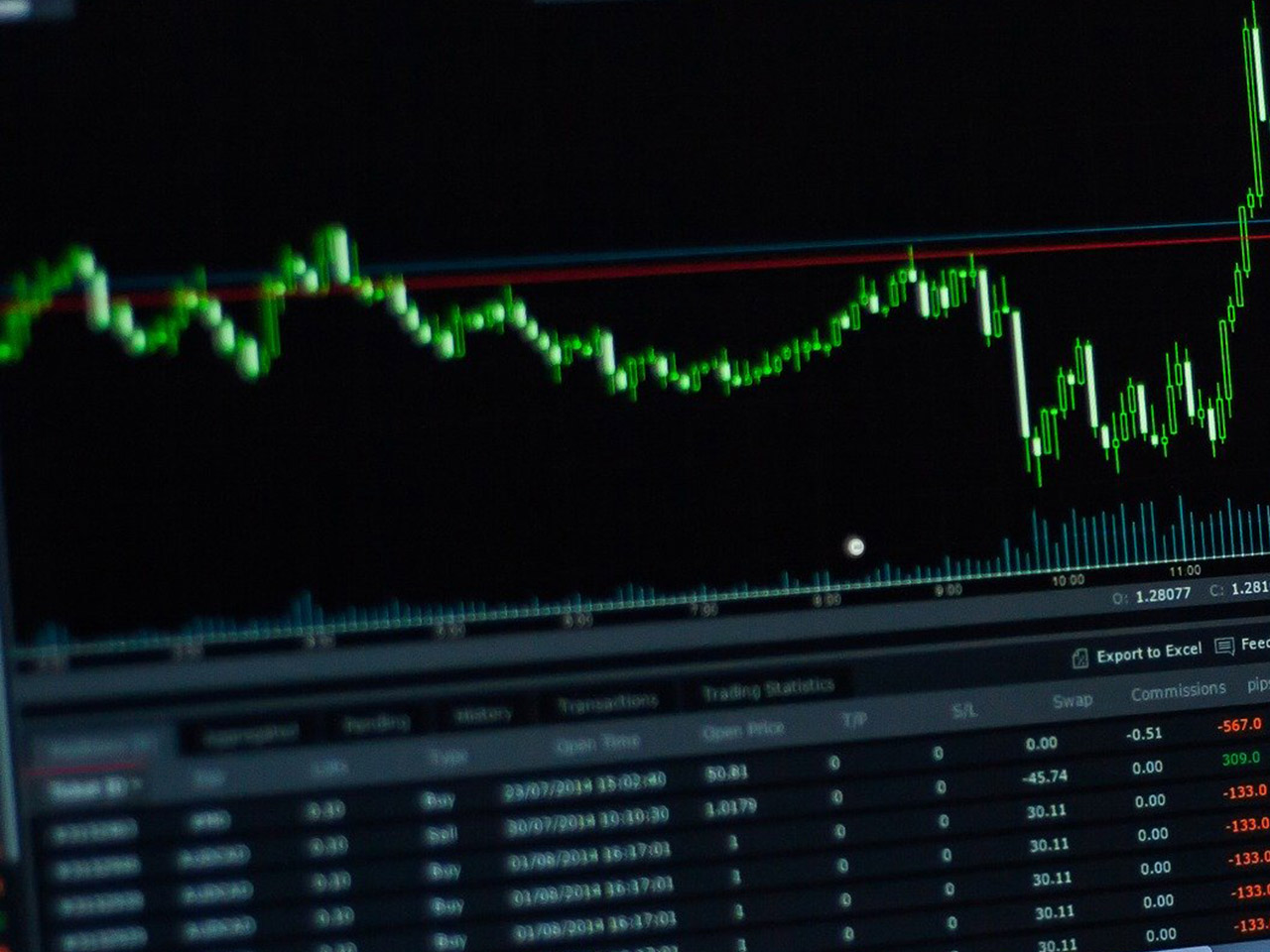Barclays PLC (LON: BARC) stands out as a stalwart in the financial services sector, boasting a rich history that dates back to 1690. As a diversified bank headquartered in London, Barclays operates across a global landscape, offering services that range from retail and wholesale banking to investment banking and wealth management. In this article, we take a closer look at the current financial standing and future prospects for individual investors considering an investment in Barclays PLC.
With a market capitalisation of $46.77 billion, Barclays is a significant player in the United Kingdom’s financial industry. Its current share price stands at 330.5 GBp, with a subtle price change of -0.01%, reflecting a current phase of stability. Over the past 52 weeks, the stock has traversed a range between 206.20 GBp and 338.55 GBp, indicating a period of robust activity and recovery potential.
Investors may notice the absence of a trailing P/E ratio, which can often be a critical yardstick for valuation. However, the forward P/E ratio is notably high at 654.29. This suggests that the market expects significant earnings growth in the future, although it also calls for a careful evaluation of whether such expectations are realistic. Another point of interest is the PEG ratio, which remains unavailable, adding a layer of complexity for valuation through growth metrics.
Barclays has demonstrated a commendable revenue growth of 9.70%, a healthy signal of expansion in its operations. With an earnings per share (EPS) of 0.38, the bank maintains a respectable return on equity (ROE) of 8.98%, a noteworthy metric for gauging management efficiency in generating profits from shareholder equity.
A dividend yield of 2.49% and a payout ratio of 22.40% underscore Barclays’ commitment to returning value to its shareholders, while ensuring ample room for reinvestment in future growth initiatives. This balance between rewarding investors and fuelling growth is a positive trait for long-term stakeholders.
Analyst ratings further paint an optimistic picture for Barclays, with 13 buy ratings against 3 hold ratings and no sell ratings. The target price range spans from 230.00 GBp to 420.00 GBp, with an average target of 353.69 GBp. This suggests a potential upside of 7.02% from the current price, presenting a promising opportunity for investors seeking growth.
From a technical standpoint, Barclays’ 50-day moving average of 320.03 GBp and 200-day moving average of 282.18 GBp indicate a positive momentum, supported by an RSI (14) of 65.40, which suggests that the stock is not yet overbought. The MACD at 3.33, compared to a signal line of 3.69, also hints at a potential for continued upward movement.
As Barclays navigates the global financial landscape, its diversified portfolio and strategic positioning offer a compelling case for investment. While certain valuation metrics remain elusive, the company’s robust revenue growth, favourable analyst outlook, and technical indicators suggest that it is well-positioned for future success. Investors should, however, remain vigilant and consider broader economic factors that could impact Barclays’ performance in the ever-evolving financial sector.








































